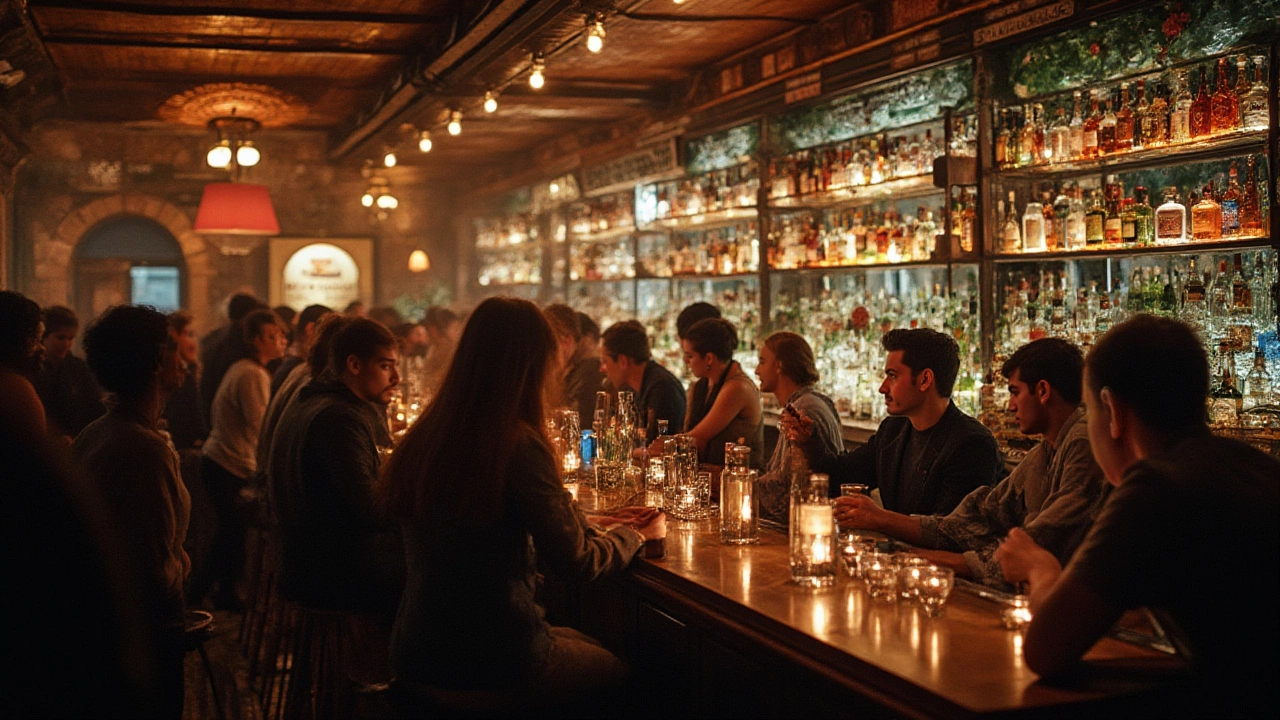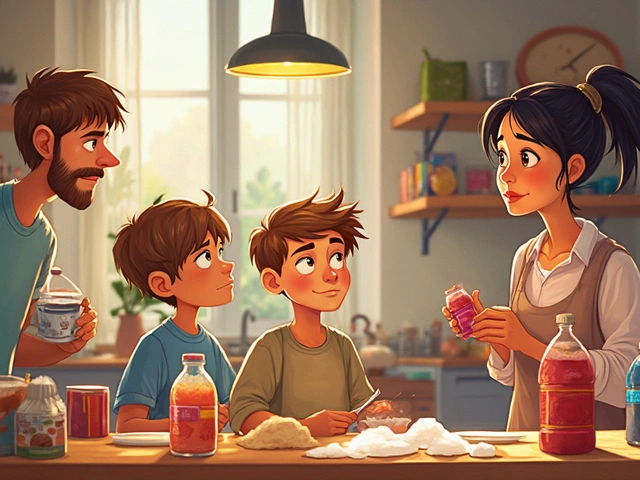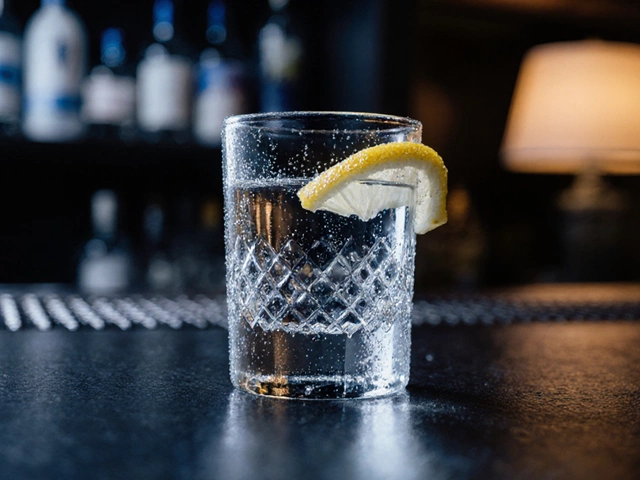Gin Popularity – What’s Behind the Boom?
If you’ve walked into any bar in the last few years, you’ve probably seen a gin cocktail on the menu before a whiskey. That isn’t a coincidence. Gin sales have jumped dramatically, and the drink is now a staple for both casual sippers and serious cocktail lovers.
Gin’s Recent Growth
First off, the numbers speak for themselves. In the UK, gin volume grew by double‑digit percentages year after year, outpacing traditional spirits like vodka and rum. Part of that growth comes from younger drinkers who crave something fresh and aromatic, not just a neutral spirit.
Another driver is the craft movement. Small distilleries popped up all over the country, each boasting unique botanicals – from pink peppercorn to local berries. Those boutique bottles created a sense of discovery that mass‑produced spirits can’t match.
Social media also plays a huge role. A bright‑blue gin‑and‑tonic or a quirky floral cocktail makes a perfect Instagram post, and that visual appeal translates into more orders. When influencers share their gin picks, their followers rush to try the same brand.
Top Brands Driving the Trend
Among the many options, a few names consistently top the charts. Hendricks, with its cucumber‑rose infusion, earned a reputation for being quirky and premium. Bombay Sapphire, famous for its blue bottle, offers a balanced mix of ten botanicals that work well in classic recipes.
Both brands have capitalised on storytelling. Hendricks talks about its secret infusion process, while Bombay Sapphire highlights its global botanical sourcing. Those stories give drinkers a reason to feel part of something larger than just a cocktail.
Beyond the big names, local distilleries like Sliproom Gin or Small Town Spirits are making waves. They often use regional herbs, giving each sip a sense of place. Trying a “local‑only” gin can be as simple as asking the bartender for the bartender’s choice.
What should you look for when picking a gin? Start with the botanical list – more variety usually means a richer flavor profile. Check the ABV; higher percentages can handle stronger mixers without losing character. Finally, read the label for clues about the water source – clean water makes a smoother finish.
Mixing trends also keep the gin game fresh. Classic gin & tonic is evolving with flavored tonics, while modern twists like gin fizz, negroni, or a rosemary‑infused spritz keep the palate interested. Even non‑alcoholic gin alternatives are entering the market, feeding the curiosity of mocktail fans.
So, why is gin so popular right now? It’s a mix of bold flavors, craft storytelling, visual appeal, and the willingness of bars to experiment. If you want to ride the wave, start with a well‑known brand, ask the bartender for a recommendation, or explore a small‑batch bottle from a local distillery. Cheers to the gin renaissance – it’s here, and it’s only getting better.
Gin is slipping down the spirits ladder. Explore why gin is declining, what’s replacing it, and how the market and drinkers are responding.
View Details

